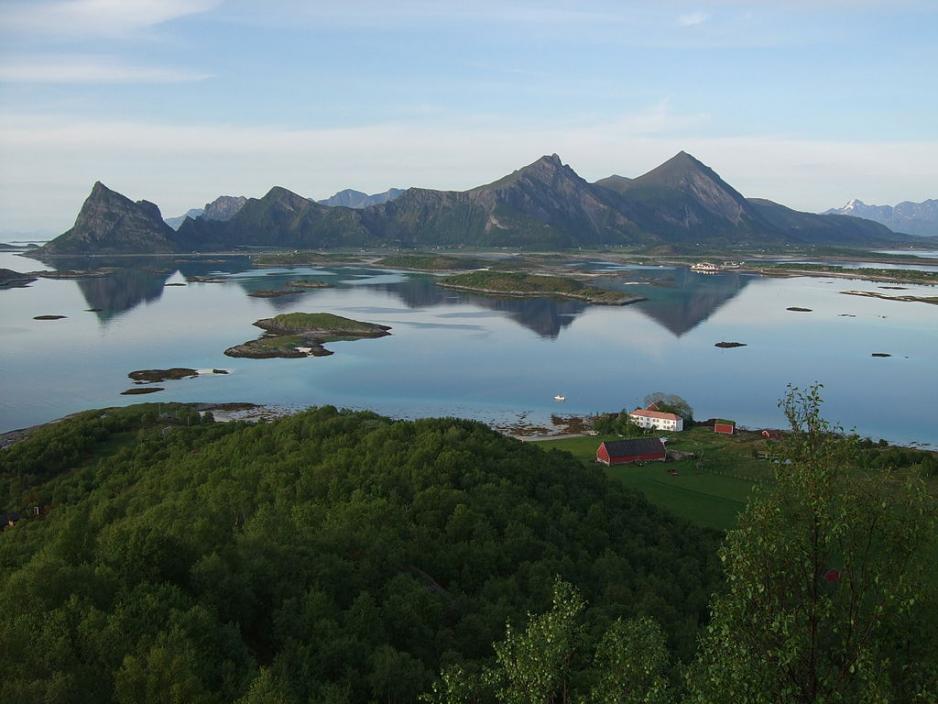(Re)imagining Democracy from the Mound Up

Dating as far back as 1000 years before Common Era, the construction of mound houses, bared a striking resemblance across cultures and continents in Europe and North America.
A mound house is dug into the earth and covered with sod.
The simple yet similar construction of mound houses in the Arctic north of Europe and those of southern Canada and what is today considered the Midwestern United States led many archeologists to believe that they were all built by one people, but precisely who those people were remained a matter of disagreement.
Two theories
The two most prominent theories were that: 1) the mounds were built by Native Americans (who at that time were thought to have originated in Asia) or that 2) the mounds were built by the Vikings, who as the earliest nautical people, were capable, and indeed had, travelled to most of Europe and North America as well.
As theories of archeology advanced, however, more nuanced understandings of the mound houses emerged. They were constructed by different people at different times. In other words, Native Americans and Vikings both utilized the simple yet sophisticated earth construction.
The similarities of construction continue through today. Despite thousands of years and miles, both the indigenous peoples of the Arctic North in North America and Europe, the Inuit and Sami, continue to construct houses in the round.
Norway's democratic roots
This month the Nordlandsmuseet opens an exhibition featuring the mound site in Steigen, just 100 kilometers north of Bodø. An archeological site dating as far back as the Iron Age, Steigen features a U-shape figuration of mound houses. The museum cleverly arranged the exhibition in a U-shape to mirror the pattern of the mounds.
The exhibition posits a historical thesis that Norway's democratic roots date much further back than the recent two hundred year celebration of independence.
Archeological evidence from the site suggests that it was a meeting place, not inhabited year round. Rather, chieftains gathered regularly to reconcile conflict, reconfirm boundaries, to trade and make marriage contracts.
As visitors move through the exhibition, they can trace the growth of representational democracy from the Iron Age, Ancient Rome, the Middle Ages right through to the signing of the constitution.
The exhibition appeals to both the young and the young at heart, by taking a significantly larger perspective on the history of democracy in Norway.
